Can you cold compost in the vegetable garden?
pepper71
9 years ago
Related Stories

GARDENING GUIDESGet on a Composting Kick (Hello, Free Fertilizer!)
Quit shelling out for pricey substitutes that aren’t even as good. Here’s how to give your soil the best while lightening your trash load
Full Story
WINTER GARDENINGExtend Your Growing Season With a Cold Frame in the Garden
If the sun's shining, it might be time to sow seeds under glass to transplant or harvest
Full Story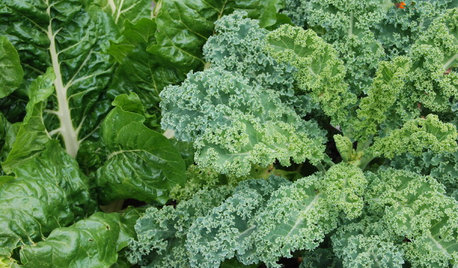
FALL GARDENINGFrost-Hardy Foliage That Loves a Cold-Climate Garden
When winter cuts a bleak swath through other plants, these edibles and perennials flourish brilliantly
Full Story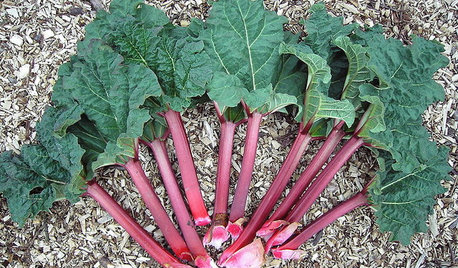
COOL-SEASON CROPSCool-Season Vegetables: How to Grow Rhubarb
This showstopping perennial especially flourishes in the cold of fall and winter gardens, and the proof is in the pies
Full Story
MOST POPULARHow to Start a Cool-Season Vegetable Garden
Late summer and late winter are good times to plan and plant cool-season crops like salad greens, spinach, beets, carrots and peas
Full Story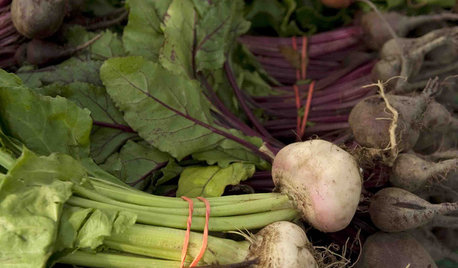
FARM YOUR YARDCool-Season Vegetables: How to Grow Beets
Give canned versions of this fall and spring garden favorite the heave-ho and discover its true flavor and colors
Full Story
GARDENING GUIDES10 Cold- and Heat-Tolerant Perennials and Shrubs for the Arid West
These flowering native plants shrug off the cold of winter and heat of summer while adding beauty to the drought-tolerant landscape
Full Story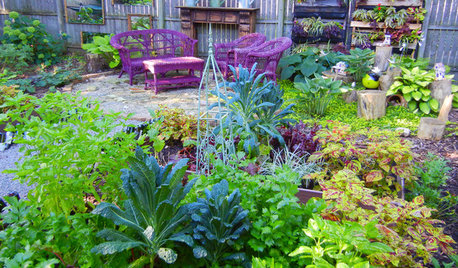
GARDENING GUIDESShades of Vegetable Gardens: Growing Edibles in Less Sun
See how one gardener produces a veritable feast of vegetables and herbs under a canopy of shade
Full Story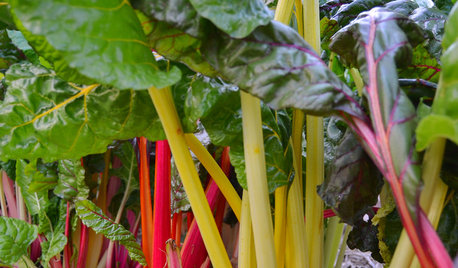
GARDENING GUIDESCool-Season Vegetables: How to Grow Chard
A year-round garden favorite with a colorful stem, Swiss chard comes into its own in early spring and in fall
Full Story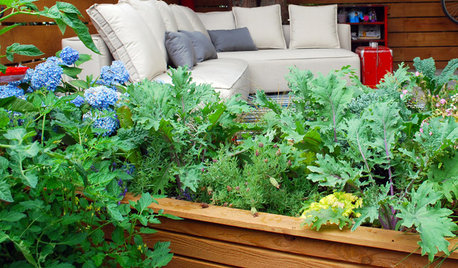
GARDENING GUIDESStep Right Outside for Fresh Herbs and Vegetables
Decks and patios can be convenient spots for edibles, and sometimes they even offer advantages over backyard gardens
Full Story






renais1
klem1
Related Professionals
New Bedford Landscape Architects & Landscape Designers · Hershey Landscape Architects & Landscape Designers · Redondo Beach Landscape Architects & Landscape Designers · Burlington Landscape Contractors · Chattanooga Landscape Contractors · Lady Lake Landscape Contractors · Lancaster Landscape Contractors · West Chester Landscape Contractors · Antioch Landscape Contractors · Chicago Ridge Landscape Contractors · Arlington Heights Decks, Patios & Outdoor Enclosures · Issaquah Decks, Patios & Outdoor Enclosures · New Berlin Decks, Patios & Outdoor Enclosures · Palmetto Decks, Patios & Outdoor Enclosures · Portage Decks, Patios & Outdoor EnclosuresKimmsr
lazy_gardens
pnbrown
klem1
toxcrusadr
glib
Kimmsr
renais1
toxcrusadr
glib
Kimmsr
toxcrusadr
robb6161
Kimmsr
toxcrusadr
briergardener_gw
Kimmsr
klem1